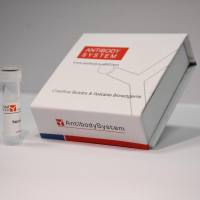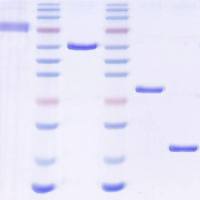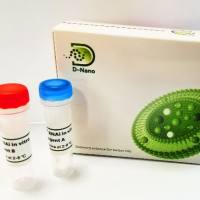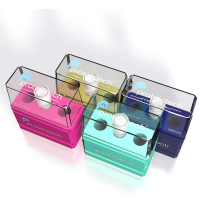Paraoxonases (PON1, PON2, PON3) Analyses In Vitro and In Vivo in Relation to Cardiovascular Diseases
互联网
511
Mammalian paraoxonases (PON1, PON2, PON3) are a unique family of calcium-dependent hydrolases, with enzymatic activities toward a broad range of substrates (lactones, thiolactones, carbonates, esters, phosphotriesters). Although PONs physiological substrates were not yet identified, some studies suggest that they could be some lactones, or some specific oxidized phospholipids, or products of both enzymatic and nonenzymatic oxidation of arachidonic and docosahexaenoic acid, as well as N-acyl-homoserine lactones (which are quorum-sensing signals of pathogenic bacteria). Since no endogenous substrates for PONs activity determination are available yet, synthetic substrates such as paraoxon, phenyl acetate, and several lactones are used for PONs activity assays. All three members of the PON family (PON 1/2/3) were shown to protect from atherosclerosis development. Their anti-atherogenic biological activities were studied in vitro using serum or cell cultures, and also in vivo, using PON 1/2/3 knockout or transgenic mice, as well as humans – healthy volunteers and atherosclerotic patients (diabetics, hypercholesterolemics, and hypertensives).









